R&P Wins Trade Secret Infringement Case
In 2011, several employees of a foreign-invested company in Shanghai decided to leave their employer to establish a direct competitor. Planning their escape well in advance, the employees collected customer lists and product information from the subsidiary, and transferred these to their personal email accounts. A company was established through proxies, meanwhile the employees resigned one by one. When the company discovered what had happened, most of the damage was already done. Through their former sales manager the competitor had approached many of its clients: Using the confidential information taken from the foreign-invested company, the competitor offered the same products at terms which in each case were slightly more attractive.
The company decided to fight this injustice, and approached R&P to represent it. To determine the optimum strategy, our client identified three priorities:
- To be able to tell and show the market that our client was fighting for its rights;
- To do all we could to make it as difficult as possible for the competitor to develop its business at our client's expense;
- To win the case, and obtain compensation for damages.
We advised to file a claim jointly against the former employees and the competitor, for infringement of our client's trade secrets. The client agreed, and so the case was filed, bank accounts of the defendants were frozen, and we dug in for the long battle.
Trade secret infringement cases are particularly difficult to win in China. The burden is on the victim to prove a number of key steps, which in this case included:
- that the stolen information meets the restrictive definition of trade secrets under Chinese law, with respect to the nature of the information (e.g. is it really not available in the public sphere) the actions that our client had taken to keep it secret, its commercial value and whether it is practically applicable;
- that these trade secrets had in fact been stolen by the employees;
- that these trade secrets had been passed on to the competitor, and that the employees and the competitor had actually used them for commercial gains;
- that our client had suffered substantial damages as a result of the infringement, with a calculation such damages to guide the court on compensation.
For the IP division of the Putuo District Court, this case was only the few trade secret infringements they had ever handled - another clear sign of how unusual these cases really are. Fortunately, we were able to convince the court to take this case seriously. The judge even agreed to proceed to the tax office to determine the amount of business that the competitor had done with our former customers, information we could not have obtained without the court's assistance. With this information, we could determine how much the competitor had profited from this information, which became the legal basis to calculate our client's damages.
After almost two years, the Putuo District Court finally issued its judgment in late November of 2013. The court did not only confirm the trade secret infringement by the competitor and one of the employees; it also ordered these two parties to pay a substantial amount of damages to compensate our client. The favorable judgment further allowed our client to inform its customers of the true nature of this "competitor", support that our client's sales people gladly accepted to regain some of the lost market share.
We are grateful for the patience and trust that our client has shown in China's judicial system; court cases are never easy in China, but the efforts required this time were unusually great. We also commend the strong showing of the Putuo District Court in recognizing the infringement and protecting the legitimate rights of foreign investors. Last but not least, our congratulations to Mr. Lu Zhiqian, Ms. Teresa Su and Mr. Maarten Roos for bringing this difficult case to a good end!
